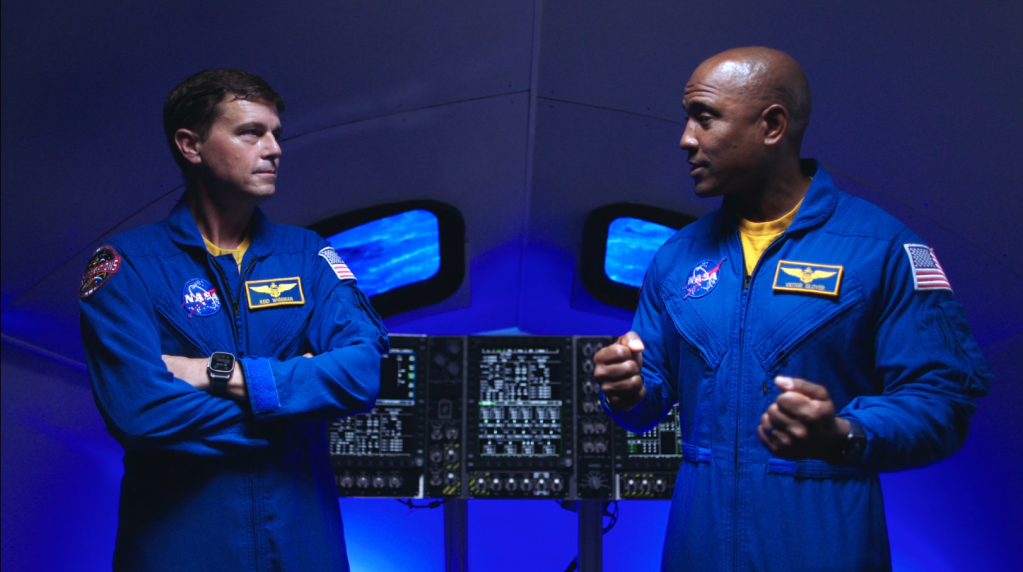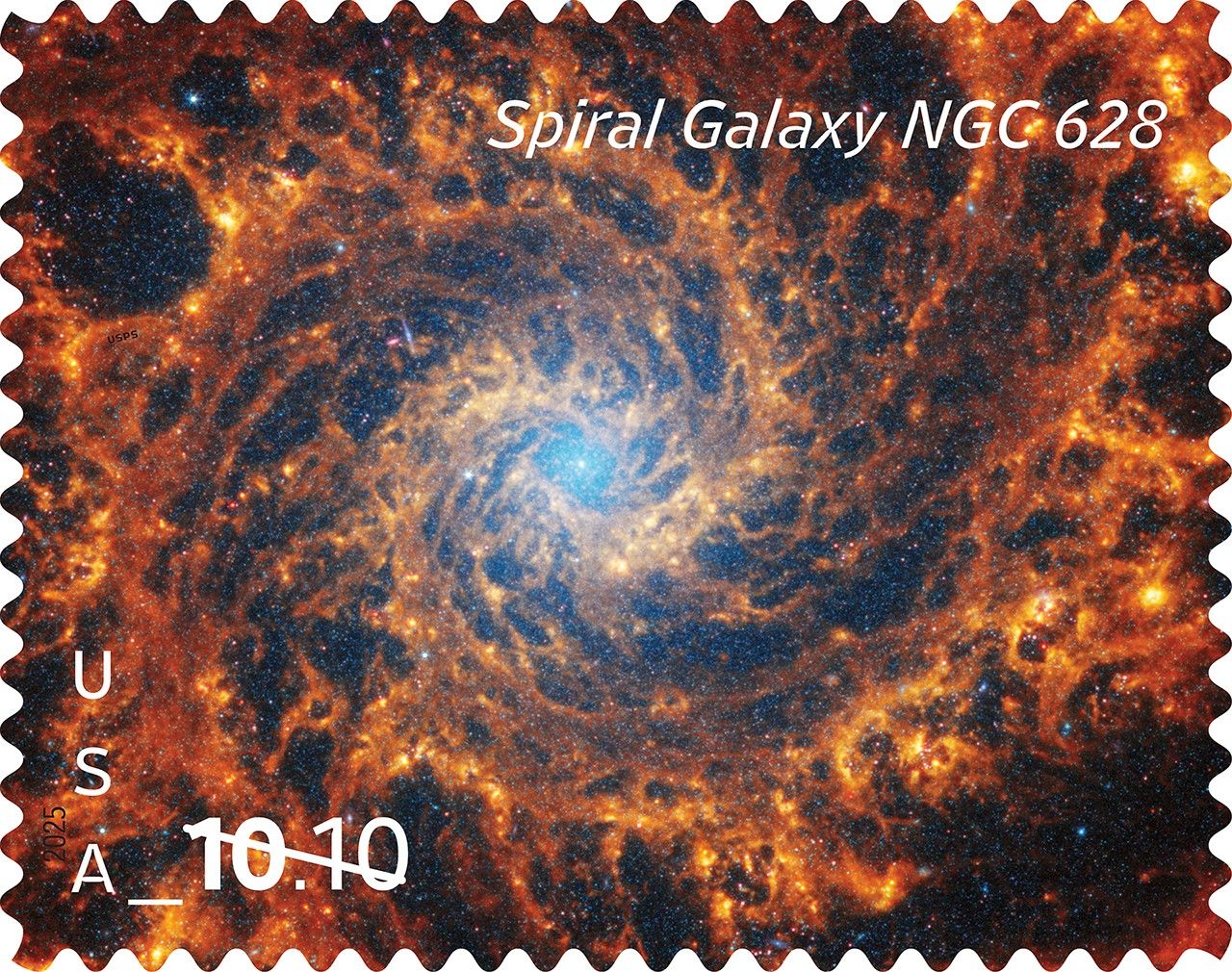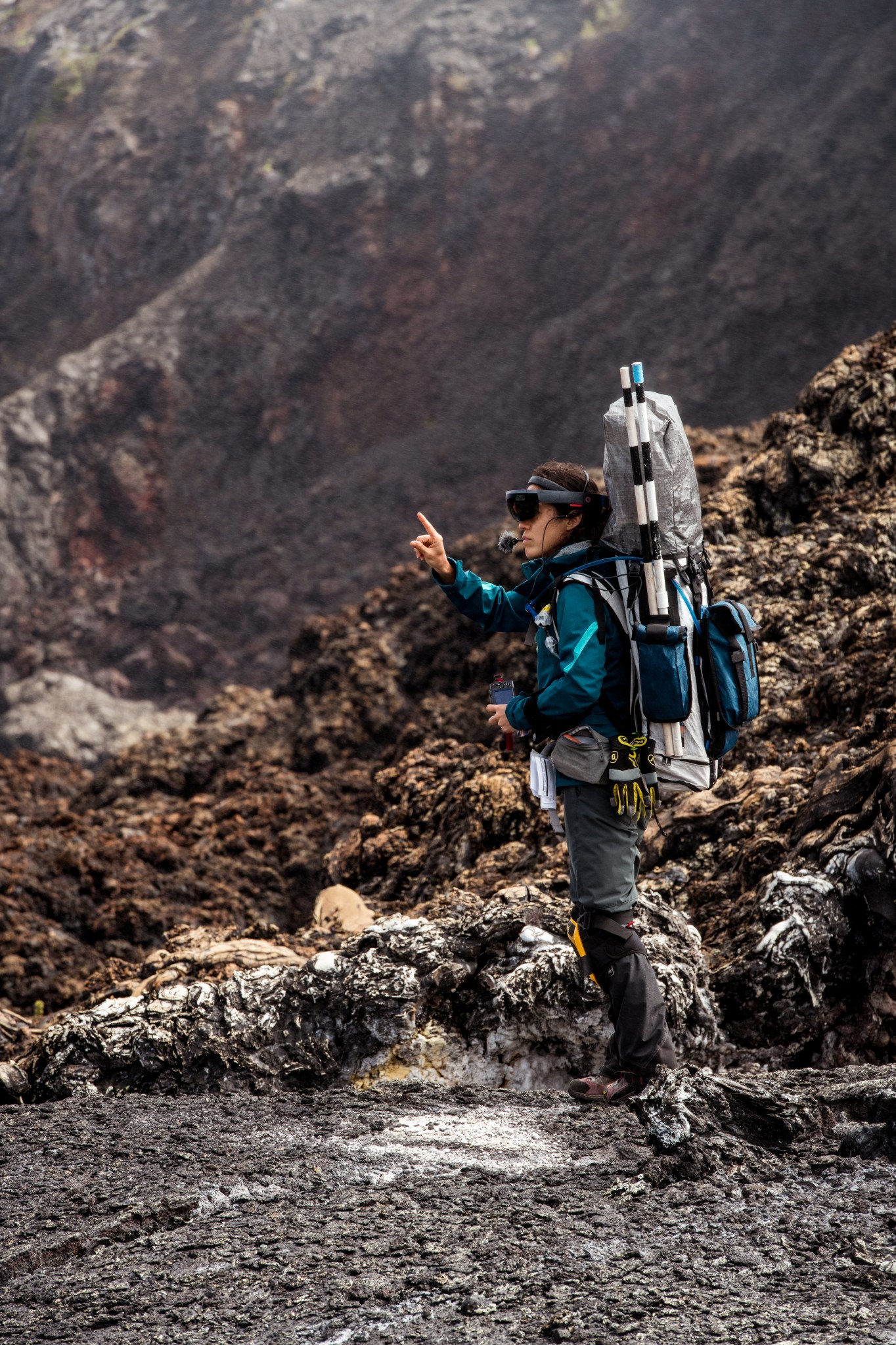Mixed reality technologies, like virtual reality headsets or augmented reality apps, aren’t just for entertainment – they can also help make discoveries on other worlds like the Moon and Mars. By traveling on Earth to extreme environments – from Mars-like lava fields in Hawaii to underwater hydrothermal vents – similar to destinations on other worlds, NASA scientists have tested out technologies and tools to gain insight into how they can be used to make valuable contributions to science.
Three projects led by researchers at NASA’s Ames Research Center in California’s Silicon Valley presented their results in a special issue of Planetary and Space Science. Those results included new insights into how to study volcanic environments on other worlds, mission operation designs to manage conducting science in extreme environments, techniques to search for life, and more findings.
“This represents the culmination of years of work from missions all over the Earth, doing the work of figuring out how we can effectively conduct science on other worlds,” said Darlene Lim, the principal investigator of the Biologic Analog Science Associated with Lava Terrains, or BASALT, mission at Ames. “What we’ve done here is show how these missions to extreme environments on Earth can pave the way for our future exploration on other worlds.”
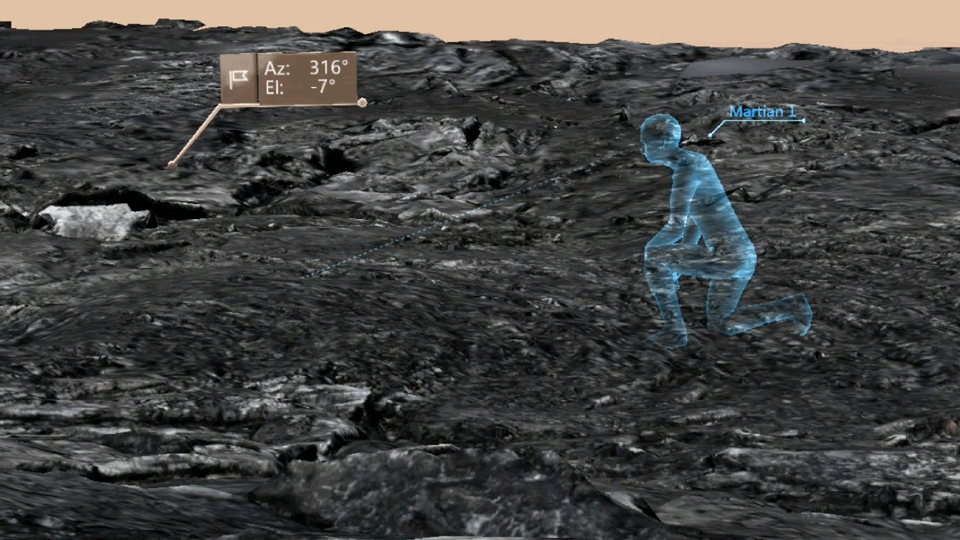
Augmented and Virtual Reality to Assist Future Explorers
The BASALT mission had three deployments, the third of which travelled to the Kilauea Caldera and Kilauea Iki regions of Hawaii in November 2017. In the environment of that scientific Mars analog, the team conducted 10 simulated extravehicular activity missions exploring the basaltic lava fields under many of the same operational constraints that future astronauts will experience on other worlds. One example of this is the significant time delay between communications that take place between the Earth and Mars, which were simulated in these missions. BASALT-3’s goals centered around conducting science relevant to Mars related to the biological, chemical, and geologic systems we expect to find there while incorporating novel technologies and operational techniques to make sure a mission can handle the constraints of operating on another world.
The BASALT-3 team found that virtual and augmented reality technologies allowed explorers in the field to send data visualizations back to a science team, which in turn could conduct complex analyses to inform where the field team would go next. Though similar technologies have been used before, this latest iteration had new capabilities for mapping data and terrain information over the real world. Scientists in the mission support center could use the augmented reality to explore the “Martian” environment as well.
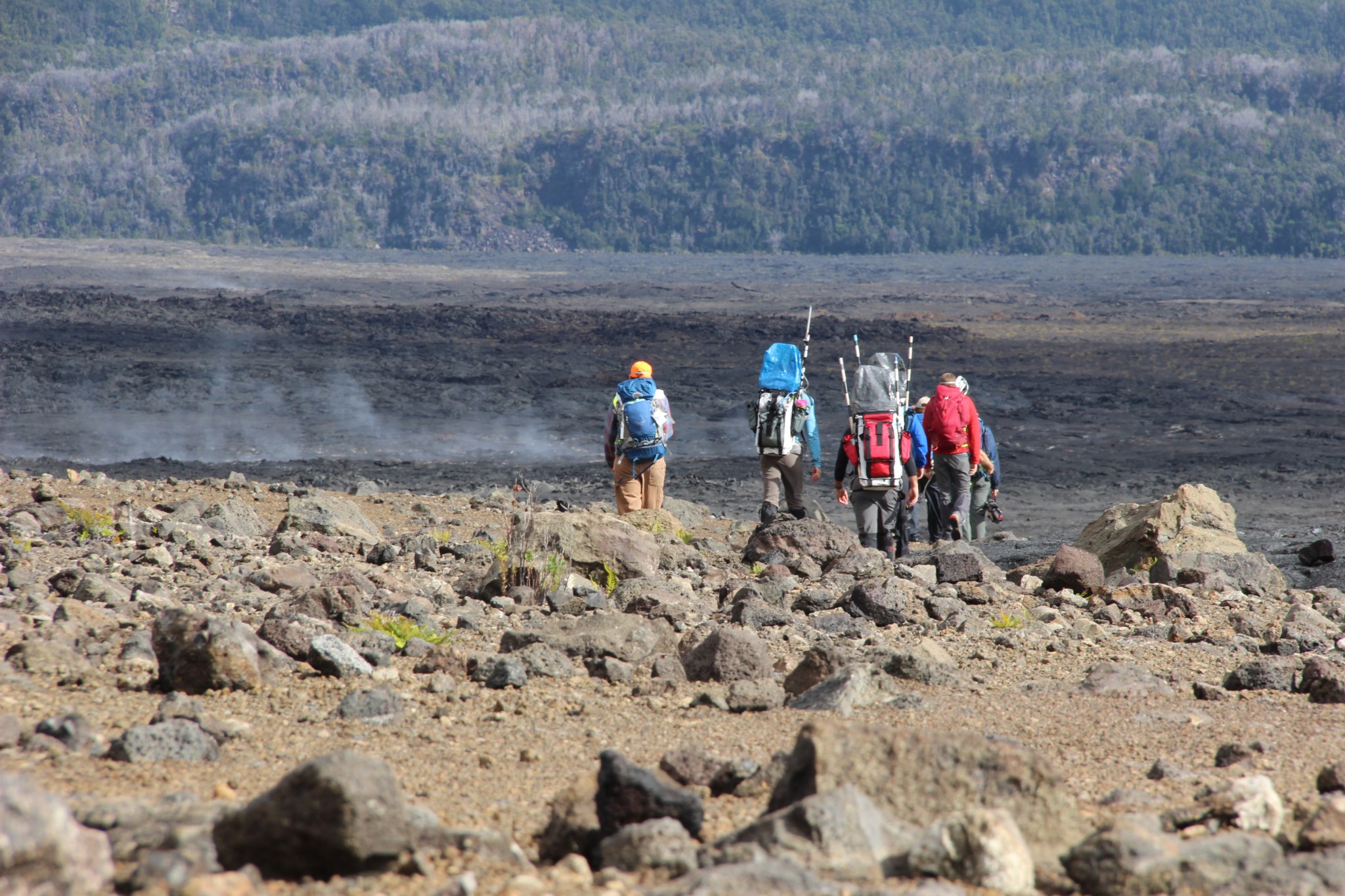
“These technologies didn’t just provide a new tool,” said Kara Beaton, BASALT exploration research co-lead through Wyle Laboratories from Johnson Space Center in Houston. “They enabled real science to be achieved in extreme conditions. By collecting detailed imagery and data of basaltic environments and feeding only the most important aspects to the remote science team, data that could have been overwhelming and difficult to exchange became easily digestible. Ultimately, these technologies helped bring back the samples that made the discoveries detailed across this special issue possible.”
From BASALT’s deployments, those discoveries included a better understanding of how to look for microbial life on different kinds of basalts, presented in a paper in the special issue. Several other analog missions yielded results as well.
Taking to the Seas to Prepare for the Stars
The question of working through a time delay is one that becomes even more important as NASA conducts science further out in the solar system. Robotic missions to the icy moons of Saturn and Jupiter – places where life could potentially survive in oceans beneath their frozen surfaces – would face this challenge as well.
The Systematic Underwater Biogeochemical Science and Exploration Analog project, or SUBSEA, simulated such a journey in a deployment aboard the Exploration Vessel Nautilus to a hydrothermal vent site in the Pacific Ocean. Located at the northern edge of Gorda Ridge, the Sea Cliff site is an underwater volcanic zone about 75 miles off the coast where California and Oregon meet. One science team stayed ashore while another went out to sea, with their robotic explorers. The project developed techniques to maximize scientific return from exploration, using geochemical modeling to guide decision making. Rather than having to wait for data to travel back and forth from Earth to other worlds to make decisions, those choices can be made using real-time data – reducing what could take years to just hours.
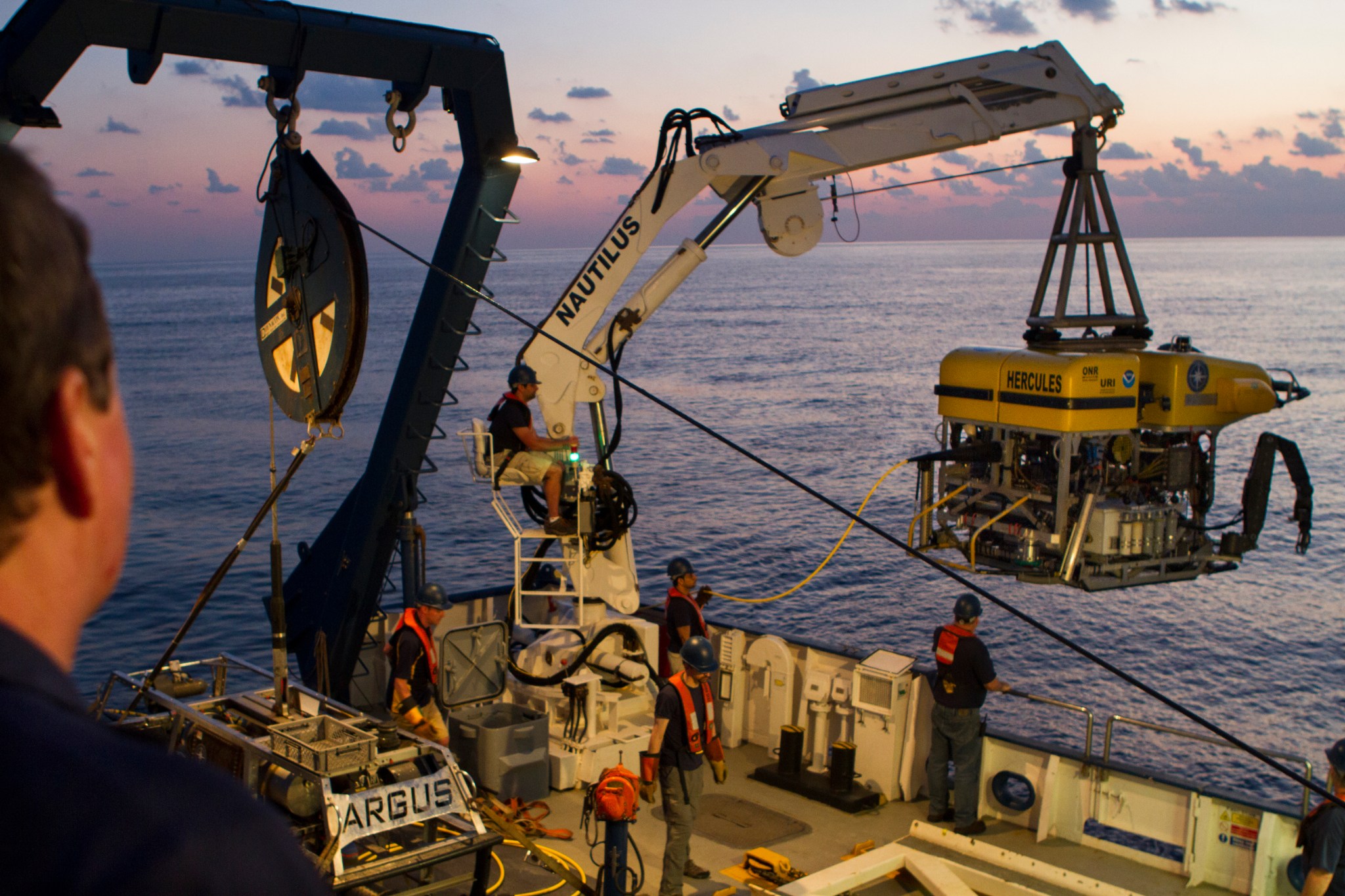
From Volcanic Land Formations to Impact Craters
The third project, Field Investigations to Enable Solar System Science and Exploration, or FINESSE, traveled to Idaho to study volcanic land formation and to northern Canada to study impact craters. These earthly destinations help scientists learn more about and prepare to explore such environments on other worlds. Some science results presented in papers within the special issue included better understanding magma on the Moon, identifying more Earth analogs for volcanic features on the Moon and Mars, and continuing to develop a technique known as thermoluminescence, which heats up rock samples to learn about their history – and is already being used on Apollo lunar samples.
“All these projects require an interplay between technology development, complex logistics, and hard science that can only be tested out in the field,” said Jennifer Heldmann, principal investigator on FINESSE. “Ames’ interdisciplinary nature, where engineers and planetary scientists collaborate often, makes it uniquely suited to lead analog missions.”
By testing the technology, mission operations, and scientific know-how we’ll need to explore the Moon, Mars, and beyond here on Earth first, NASA plans to ensure when astronauts touch down on other worlds, they’ll be ready to make groundbreaking discoveries.
For news media:
Members of the news media interested in covering this topic should reach out to the NASA Ames newsroom.
Author: Frank Tavares, NASA’s Ames Research Center




